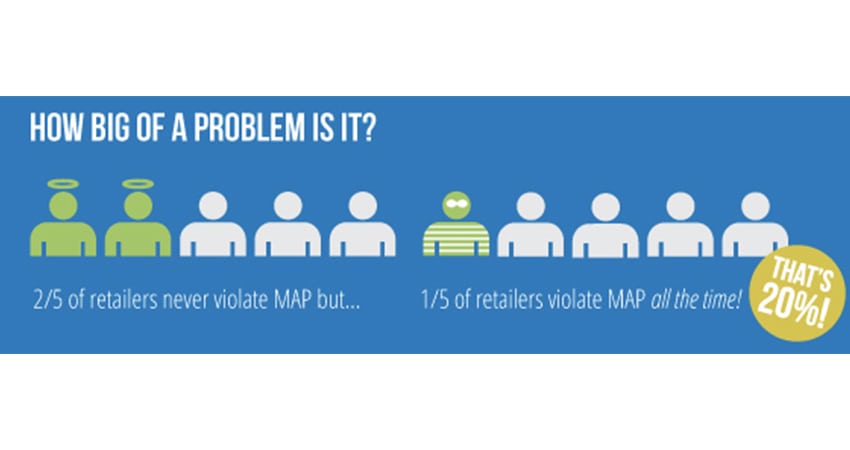The risk of brand degradation is nothing new (fake Coach purse, anyone)? But graph brand degradation against price transparency, access to goods, manufacturing capabilities, dissolving of geographical boundaries and shipping innovations, and you’ll see the risk has increased dramatically.
I recently bought four different replacement brush heads from an online marketplace. All four claimed to be replacements for the Clarisonic sonic face brush and looked the part – but when they arrived, all four were fake. While the box was right, the sound, touch and feel were all wrong.
I’m not alone in the struggle against counterfeit products. Birkenstock quit Amazon after a surge of counterfeits hit the site in 2016. Costco owes Tiffany more than $19.3 million after violating the luxury jeweler’s trademark online and in store. Even Yeezys can’t escape the counterfeiting frenzy.
Brand degradation is getting worse, not better. So, what’s a brand to do?
Scrutinize New Channels
In an age of infinite channels, online aggregators and curated collections, brands struggle to answer two fundamental questions: where are my goods, and how can I protect my brand?
Twenty years ago, brands could keep track of their goods fairly easily. At Calvin Klein, we had inventory counts and determined several offline distribution channels, and customers sent reports indicating sell through. Now, brands send their goods into a black hole. Goods shipped into a given channel are more mobile than ever, and the places they land may not necessarily align with your brand message.
Levi’s learned this the hard way. When the iconic jean brand went channel-crazy to meet sales goals, marketers were left scrambling to recall products from discount sites that damaged the brand.
The best strategy for brands today is to be judicious about where you go in the first place.
Create a Sub-brand or Exclusive
The best way for a brand to protect its image is to create a sub-brand. Think, Ralph Lauren and RL, or Donna Karan New York and DKNY. Brand is differentiation for the luxury market. Almost every luxury brand has a worry-free sub-brand to protect the couture brand. We see this in consumer electronics as well, where brands like JBL use feature sets to fuel a good, better, best and designer strategy.
Mid-market goods rely less on their brands for differentiation, but can create a pseudo “sub-brand” with unique SKUs by channel. Say, Nike offers an exclusive shoe for Famous Footwear. Nike can rest easy, knowing other retailers can’t undercut the price, and Famous Footwear gains a competitive advantage.
Adopt MAP Monitoring Tools
Retailers have very little incentive to police pricing infractions on brands. Instead, brands should invest in Minimum Advertised Price (MAP) monitoring. MAP abuse impacts brand image, retail value and margins for resellers. While marketplaces and unauthorized sellers are the most common perpetrators, even authorized resellers are subject to frequent MAP abuse.
Brands must automate MAP monitoring in today’s global, mobile and omnichannel world. At a basic level, the solution should be able to list who is selling the brand’s product at what prices, and which prices violate the MAP. More advanced solutions may include unauthorized seller identification and tracking for visibility outside of a brand’s authorized seller network, as well as the ability to analyze violation history in order to identify and act on the most egregious violators over time. These features answer, “where are my goods” and “how do I protect my brand” both online and in store.
Final Thoughts
With pressure from investors, brands venture into channels that don’t align with their message. Under pressure from consumers, brands ship and monitor merchandise for 24 resets per year and counting. The bar for protecting a brand has gotten higher and harder to achieve, but with the right strategy and data, brands can protect and preserve their image for the long haul.
Kathleen Egan is VP of Customer Success at Wiser

